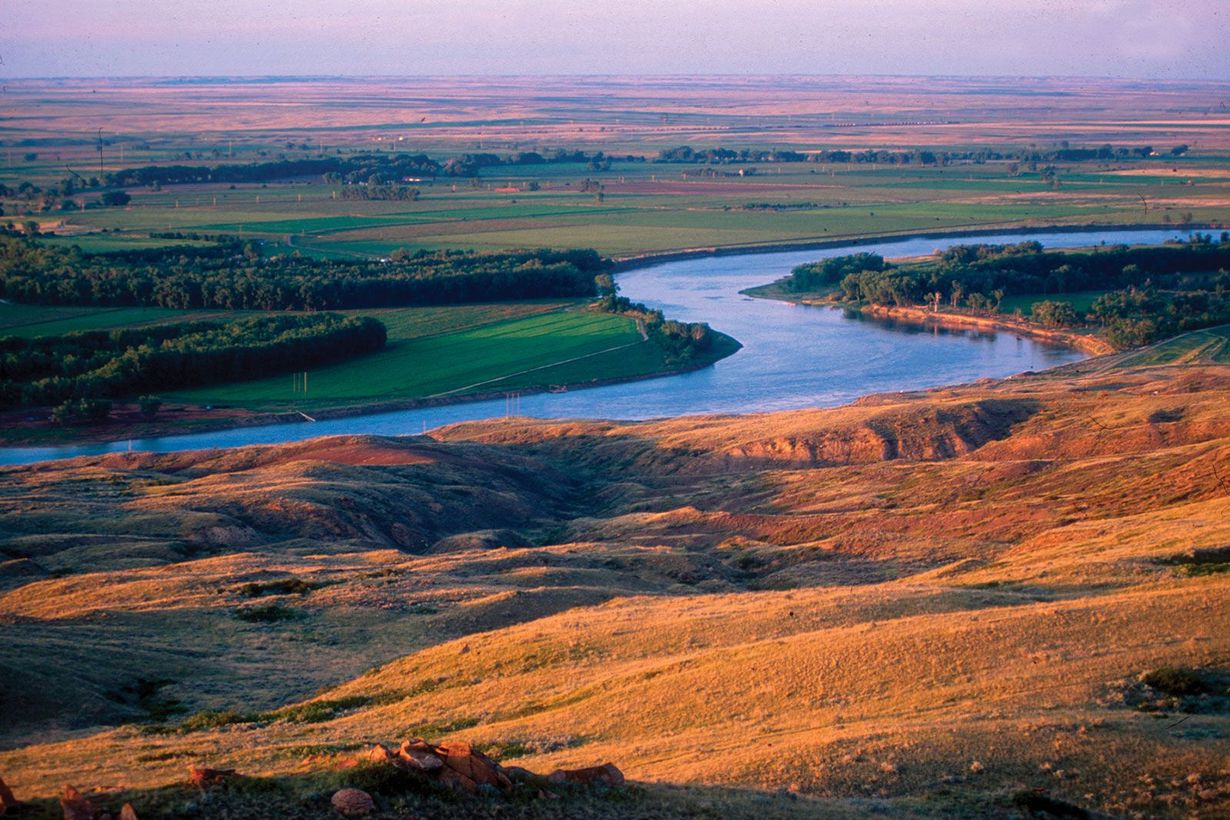Hidden Indigenous Signal Sites In Montana’s High Plains

Have you ever wondered about the hidden stories of Montana's High Plains? This vast region holds secrets from the past, especially the Indigenous signal sites scattered across the landscape. These sites were once vital communication hubs for Native American tribes. They used them to send smoke signals, relay messages, and even warn of approaching danger. Today, these spots offer a glimpse into a rich history that many overlook. Exploring these areas not only connects you with nature but also with the cultural heritage of the Indigenous peoples who lived here long before us. Ready to uncover these hidden gems? Let's dive in!
Discovering Montana's Hidden Indigenous Signal Sites
Montana's High Plains hold secrets of ancient communication. Indigenous tribes used signal sites to send messages across vast distances. These sites, often on high ground, offer a glimpse into the past.
1. Signal Butte
Signal Butte stands tall in the High Plains. This site was a crucial communication point for Native tribes. From its peak, signals could be seen for miles.
2. Crow Agency
Crow Agency, near the Little Bighorn Battlefield, holds historical significance. This area was used by the Crow tribe for signaling. The open plains provided a clear line of sight for communication.
3. Chief Mountain
Chief Mountain, sacred to the Blackfeet Nation, served as a signal site. Its towering presence made it ideal for sending messages. The mountain's spiritual significance adds to its historical importance.
4. Bear Paw Mountains
The Bear Paw Mountains were used by various tribes for signaling. The range's high peaks offered excellent vantage points. These sites played a role in tribal communication networks.
5. Sweet Grass Hills
Sweet Grass Hills, sacred to many tribes, were also signal sites. The hills' elevation made them perfect for long-distance communication. They remain a place of cultural importance today.
6. Judith Mountains
The Judith Mountains provided a strategic location for signaling. Tribes used the range's high points to send messages. The mountains' rugged terrain added to their significance.
7. Pryor Mountains
Pryor Mountains, home to the Crow tribe, were used for signaling. The range's unique rock formations made it an ideal communication site. The mountains hold cultural and historical value.
8. Highwood Mountains
Highwood Mountains offered a prime location for signal sites. Tribes used the range's peaks to communicate across the plains. The mountains' natural beauty adds to their allure.
9. Little Rocky Mountains
Little Rocky Mountains served as a signal site for various tribes. The range's high points provided clear lines of sight. These sites were crucial for tribal communication.
10. Wolf Mountains
Wolf Mountains, near the Crow Reservation, were used for signaling. The range's elevation made it perfect for long-distance communication. The mountains hold historical significance for the Crow tribe.
11. Big Snowy Mountains
Big Snowy Mountains offered a strategic location for signal sites. Tribes used the range's high peaks to send messages. The mountains' rugged beauty adds to their historical importance.
12. Castle Mountains
Castle Mountains, with their unique rock formations, were used for signaling. The range's high points provided excellent vantage points. These sites played a role in tribal communication networks.
13. Crazy Mountains
Crazy Mountains, sacred to the Crow tribe, served as signal sites. The range's towering peaks made it ideal for long-distance communication. The mountains hold cultural and historical value.
14. Tobacco Root Mountains
Tobacco Root Mountains offered a prime location for signal sites. Tribes used the range's high points to communicate across the plains. The mountains' natural beauty adds to their allure.
15. Elkhorn Mountains
Elkhorn Mountains, with their rugged terrain, were used for signaling. The range's high peaks provided clear lines of sight. These sites were crucial for tribal communication.
16. Gravelly Range
Gravelly Range served as a signal site for various tribes. The range's high points offered excellent vantage points. These sites played a role in tribal communication networks.
17. Madison Range
Madison Range, with its towering peaks, was used for signaling. The range's elevation made it perfect for long-distance communication. The mountains hold historical significance for many tribes.
18. Absaroka Range
Absaroka Range, near Yellowstone, served as a signal site. The range's high points provided clear lines of sight. These sites were crucial for tribal communication.
19. Gallatin Range
Gallatin Range offered a strategic location for signal sites. Tribes used the range's peaks to send messages. The mountains' natural beauty adds to their historical importance.
20. Beartooth Mountains
Beartooth Mountains, with their rugged terrain, were used for signaling. The range's high peaks provided excellent vantage points. These sites played a role in tribal communication networks.
Preserving Montana's Hidden Treasures
Montana's High Plains hold hidden Indigenous signal sites that offer a glimpse into the past. These sites, often overlooked, are crucial for understanding the region's history and the Indigenous cultures that thrived here. Visiting these locations not only enriches our knowledge but also helps in preserving them for future generations.
Respecting these sites is vital. They are not just historical landmarks but sacred places for many Indigenous communities. When exploring, follow guidelines and show reverence for the land and its history.
Montana's High Plains are more than just a scenic landscape. They are a testament to the ingenuity and resilience of Indigenous peoples. By learning about and protecting these sites, we honor their legacy and ensure that these hidden treasures remain a part of our shared heritage.

